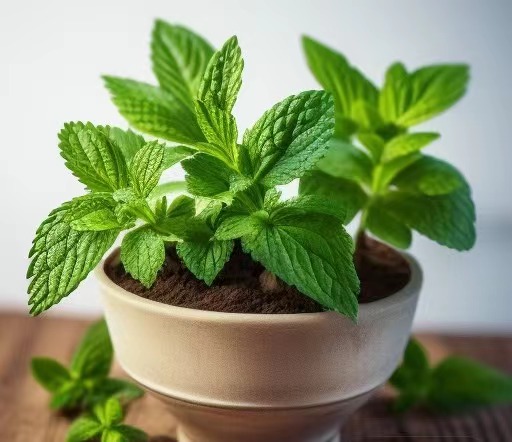Combining Catnip with Lavender for Ultimate Relaxation
Catnip and lavender are two popular herbs that have a variety of potential health benefits, including reducing anxiety and stress, promoting relaxation and sleep, and relieving pain and inflammation. Combining these two herbs can enhance the benefits of both, creating a synergistic blend that can help promote deep relaxation, improve sleep quality, reduce pain and inflammation, and enhance mood.











